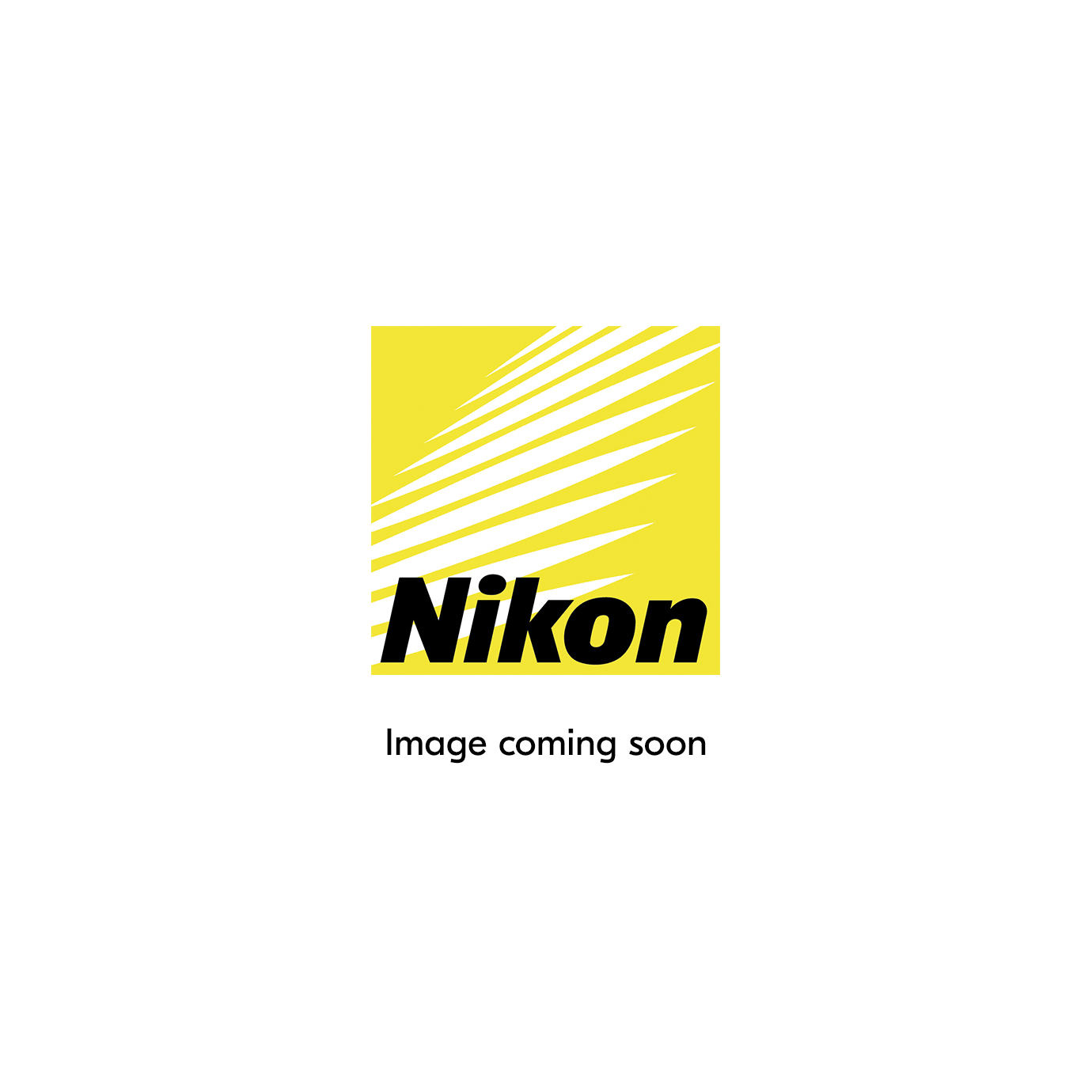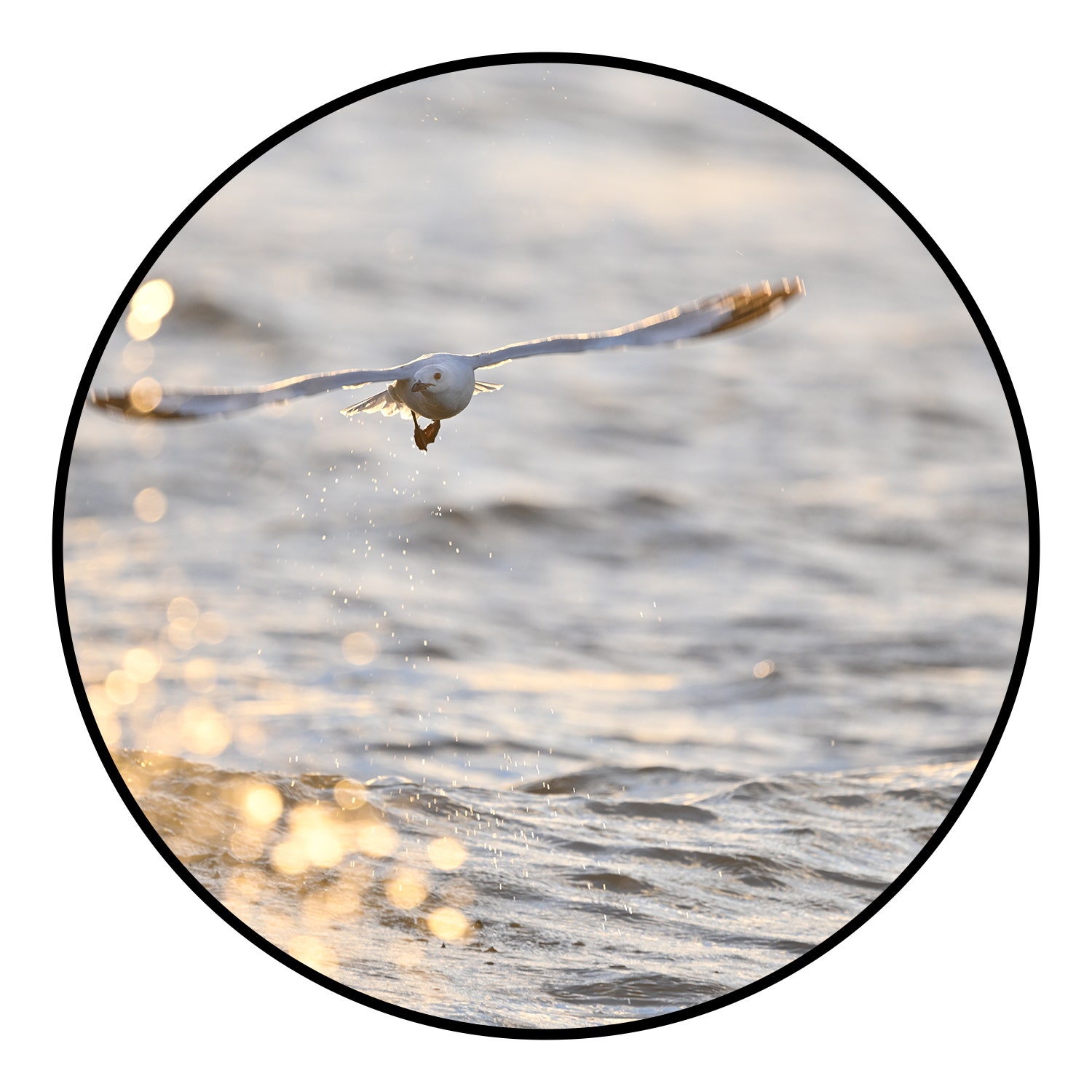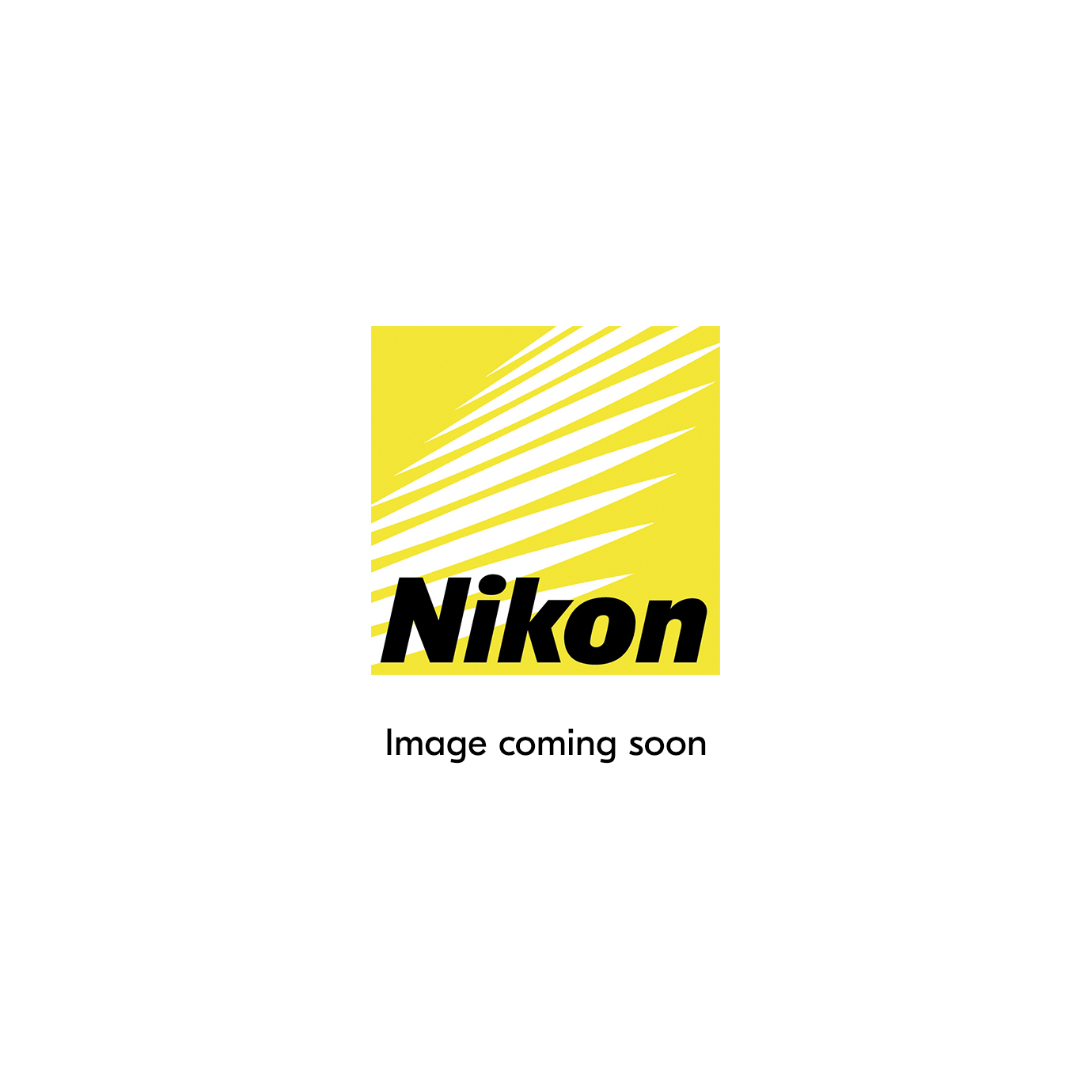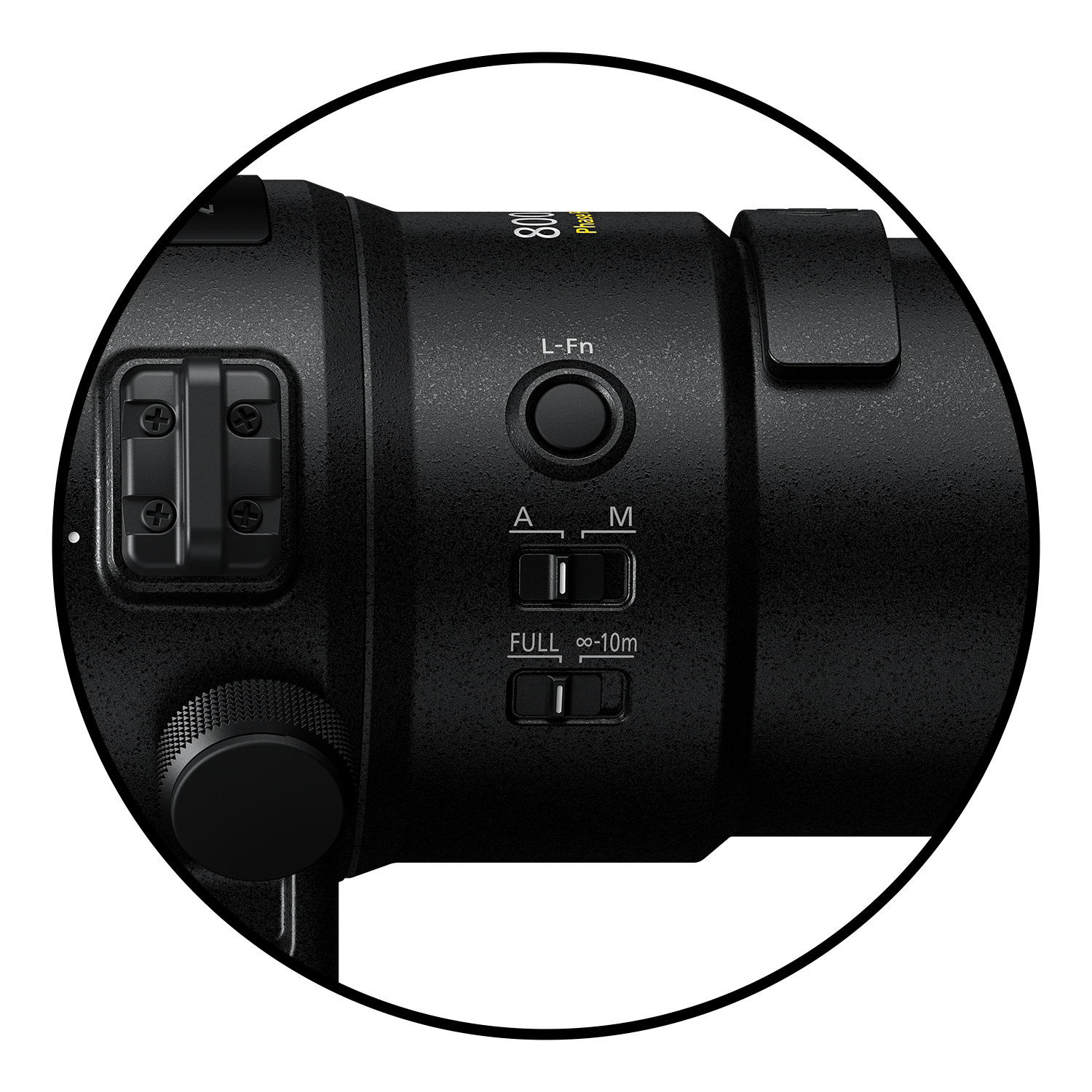Nikon NIKKOR Z 800mm f/6.3 VR S Lens
LKN Australia is an Official Nikon Australia reseller.

Capture your line of sight.
Look beyond the ordinary with the NIKKOR Z 800mm f/6.3 VR S, a super-telephoto prime lens that offers the longest focal length in the current NIKKOR Z line-up1.
The superb reach of the NIKKOR Z 800mm f/6.3 VR S allows you to photograph wildlife, airplanes, race cars, or other subjects from a safe distance with outstanding image resolution.
Fall in love with not just what’s in the frame, but what’s in your hand, too.
Extend your reach.
Now you can photograph subjects at an even greater distance with the subject in frame, as intended, without having to zoom in and crop the image.
The NIKKOR Z 800mm f/6.3 VR S focal length can be further extended to 1120mm2 and 1600mm3 with the use of Z TELECONVERTER TC-1.4x or Z TELECONVERTER TC-2.0x, respectively.4.

800mm

1120mm

1600mm
Blend in with nature.
With the NIKKOR Z 800mm f/6.3 VR S, experience accurate autofocus (AF) performance that is unique to the Z mount system, with a near-silent stepping motor (STM) that provides excellent quietness and fast response speed perfect for photographing shy wildlife.
In addition, the in-lens Vibration Reduction effectively compensates for camera shakes of up to 5.0-stops5, or up to 5.5-stops5 Synchro VR when paired with the Z 9, to provide more stability when shooting at super-telephoto focal length, or during low light conditions when a slower shutter speed is required.
Designed with comfort in mind.
The NIKKOR Z 800mm f/6.3 VR S has been carefully designed to provide comfort by positioning the centre of gravity of the lens close to your body, providing greater stability when shooting handheld, and smoother panning when the lens is mounted on a monopod.
You will also have a better grip on the lens with an anti-slip rubber coating that has been applied to a larger surface area.
Lighter to carry.
Weighing only approximately 2385g, the NIKKOR Z 800mm f/6.3 VR S is 48% less weight than its F mount counterpart, the AF S NIKKOR 800mm f/5.6E FL ED VR. Carry the lens around with ease and move around more for an extended period.

Harnessing Technology.
For nearly two centuries, Fresnel lenses were used in lighthouses to project a strong beam of light. By harnessing the idea in reverse—for gathering light instead of projecting it—Nikon can create lenses that are shorter and lighter, with the same image quality and zoom power of much larger lenses. In addition, the Phase Fresnel lens element allows for more powerful suppression of chromatic aberration.

Nano Crystal Coat.
The Nano Crystal Coat, an antireflective coating, and placement of the Phase Fresnel lens element significantly minimise ghosting and flare effects caused by red light and light entering the lens diagonally in order to produce clear images.

Dust-and-drip Resistance.
You can continue to stay in focus while shooting with the lens’ superior dust- and drip-resistant6 performance and the anti-fouling performance of a fluorine coat on the surface of the frontmost lens element that effectively repels dirt, dust and droplets.

Highly Customisable.
The lens is equipped with one L-Fn button and four L-Fn2 buttons so you can easily assign functions to suit your preferences, as well as the memory recall function7 which saves and supports the prompt recall frequently-used focus positions. Change from one function to another efficiently without having to miss a moment.
Technology

Aspherical Lens
A lens with a curved, non-spherical surface. Used to reduce aberrations and enable a more compact lens size. Aspherical lenses minimise coma and other types of lens aberrations, even when used at the widest aperture. They are particularly useful in correcting distortion in wide-angle lenses and help contribute to a lighter, more compact design by reducing the number of standard (spherical) elements necessary. Aspherical lens elements correct these distortions by continuously changing the refractive index from the centre of the lens.

IF Lens
A NIKKOR lens in which only the internal lens group shifts during focusing. Thus, IF NIKKORS do not change in size during AF operation, allowing for compact, lightweight lenses capable of closer focusing distances. These lenses will be designated with the abbreviation IF on the lens barrel.

Stepping Motor
NIKKOR Z lenses use a stepping motor for fast, accurate, smooth, quiet autofocus with reduced wobbling. This quiet drive system makes the lenses ideal for use when shooting video.

Electromagnetic Diaphragm Mechanism
An electromagnetic diaphragm mechanism in the lens barrel provides highly accurate electronic diaphragm or aperture blade control when using auto exposure during continuous shooting.

ED (Extra-Low Dispersion) Glass
An optical glass developed by Nikon that is used with normal optical glass in telephoto lenses to obtain optimum correction of chromatic aberrations.

Fluorine Coat
Photographers need gear that can withstand the elements. Nikon’s fluorine coat effectively repels dust, water droplets, grease or dirt, ensuring easy removal even when they adhere to the lens surface. Nikon’s fluorine coat endures a high frequency of lens surface wiping and its anti-reflective effect also contributes to the capture of clear images.

Vibration Reduction
A Nikon in-lens technology that improves image stability by automatically compensating for camera shake. Lenses that offer VR will feature the abbreviation VR on the lens barrel.

Short-Wavelength Refractive Lens
SR is a high- and specialised-dispersion glass lens that refracts light with wavelengths shorter than that of blue. By controlling short-wavelength light, the lens is able to achieve highly precise chromatic aberration compensation so that the colours in your images are more accurately reproduced. It also allows for more flexible optical designs, which allows for compact, lighter lenses to be designed.

PF Lens
The PF (Phase Fresnel) lens, developed by Nikon, effectively compensates chromatic aberration utilizing the photo diffraction phenomenon*. It provides superior chromatic aberration compensation performance when combined with a normal glass lens. Compared to many general camera lenses that employ an optical system using the photorefractive phenomenon, a remarkably compact and lightweight body can be attained with less number of lens elements.
Nikon NIKKOR Z 800mm f/6.3 VR S Specs
| Focal Length | 800mm |
| Maximum Aperture | f/6.3 |
| Minimum Aperture | f/32 |
| Lens Mount | Nikon Z |
| Lens Format Coverage | Full-Frame |
| Angle of View | 3° 10' |
| Minimum Focus Distance | 16.4' / 5 m |
| Maximum Magnification | 0.16x |
| Optical Design | 22 Elements in 14 Groups |
| Diaphragm Blades | 9 |
| Focus Type | Autofocus |
| Image Stabilization | Yes |
| Tripod Collar | Fixed and Rotating |
| Filter Size | 46 mm (Drop-In) |
| Dimensions (ø x L) | 5.5 x 15.2" / 140 x 385 mm |
| Weight | 5.2 lb / 2385 g |
* Diffraction phenomenon: Light has characteristics as a waveform. When a waveform faces an obstacle, it attempts to go around and behind it, and this characteristic is referred to as diffraction. Diffraction causes chromatic dispersion in the reverse order of refraction.
LCD, Video and Photo Gallery images are for illustrative purposes only.
The lens incorporates an electromagnetic diaphragm mechanism. The following cameras are compatible with this lens: Z 5, Z 50, Z 7II, Z 7, Z 6II, Z 6, Z 9.
1 As of 6 April 2022.
2 Maximum aperture will be reduced to f/9.
3 Maximum aperture will be reduced to f/13.
4 AF performance may deteriorate depending on the subject, brightness and focus position regardless of the camera body, causing inaccurate focus, slow focusing speed or flashing of the focus point.
5 Based on CIPA Standard. This value is achieved when attached to a camera with full-frame (Nikon FX-format) sensor, with the camera's VR function set to "NORMAL".
6 The lens is not guaranteed to be dust- and drip-resistant in all situations or under all conditions.
7 The cameras compatible with this function are the Z 9, Z 7II and Z 6II only, as of 6 April 2022. When using the function, the camera’s firmware must be updated to the latest version. For other Z series models, this function will be supported via later firmware updates.


























